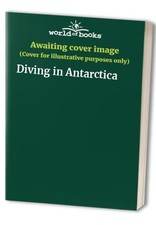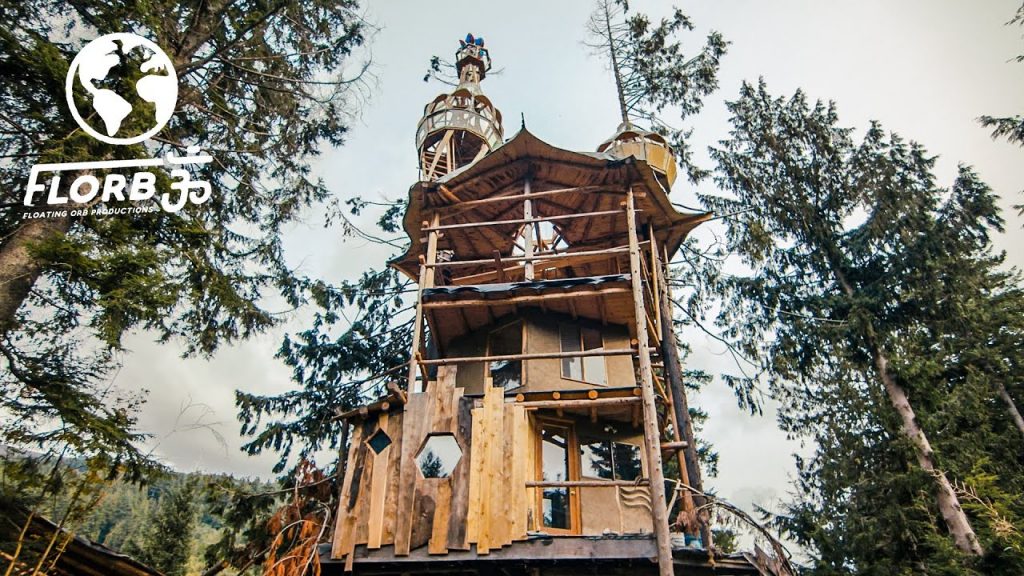The Deepest Dive in Antarctica Reveals a Sea Floor Teeming With Life

The dive, which took place in the Southern Ocean off the coast of the Antarctic Peninsula, reached depths of over 3,000 meters (9,800 feet) and revealed a diverse and vibrant ecosystem that scientists had previously unknown.
The expedition, led by researchers from the British Antarctic Survey and the National Oceanography Centre, explored the depths of the ocean floor using a remotely operated vehicle (ROV) equipped with high-definition cameras.
What they discovered was truly astonishing: a colorful and bustling community of marine life, including corals, sponges, sea stars, and hundreds of other species that call the Antarctic waters home.
One of the expedition’s most striking finds was a field of deep-sea corals covering large sections of the sea floor. These corals, which can live for hundreds of years and provide essential habitat for a variety of other marine species, were found in abundance at depths of over 2,000 meters (6,500 feet). The researchers were thrilled by this discovery, as deep-sea corals are extremely sensitive to environmental changes and are considered important indicators of the health of the ecosystem.
In addition to the corals, the ROV also captured footage of an array of other marine life, including sea cucumbers, brittle stars, and fish that were previously unknown to science. The researchers were amazed by the diversity and abundance of life on the sea floor, and they believe that these findings could have significant implications for our understanding of the Antarctic ecosystem.
The discovery of such a thriving ecosystem in the depths of the Antarctic Ocean is a reminder of the incredible biodiversity that exists in the region, despite its harsh and frigid conditions. It also highlights the importance of protecting these fragile ecosystems from human activities such as fishing, mining, and climate change.
As the researchers continue to analyze the data collected during the expedition, they hope to understand better the connections between the deep-sea environment and the broader Antarctic ecosystem. By studying these remote and often overlooked areas, scientists can learn more about the intricate web of life that exists beneath the surface of the ocean and the crucial role that these deep-sea ecosystems play in maintaining the health of our planet.
Overall, the deepest dive in Antarctica has provided valuable insights into the rich and diverse ecosystem that thrives in the Southern Ocean’s depths. It reminds us of the incredible wonders that remain undiscovered beneath our oceans’ surface, and underscores the need for continued exploration and conservation efforts to protect these delicate and essential ecosystems for future generations.
A recent expedition to Antarctica, conducting one of the deepest dives ever conducted in the region, uncovered a sea floor teeming with life.
The dive, which took place in the Southern Ocean off the coast of the Antarctic Peninsula, reached depths of over 3,000 meters (9,800 feet) and revealed a diverse and vibrant ecosystem that was previously unknown to scientists. Scientists had previously unknown
The expedition, led by a team of researchers from the British Antarctic Survey and the National Oceanography Centre, used a remotely operated vehicle (ROV) equipped with high-definition cameras to explore the depths of the ocean floor.explored the depths of the ocean floor using
What they discovered was truly astonishing – a colorful and bustling community of marine l:e, including corals, sponges, sea stars, and hundreds of other species that call the Antarctic waters home.
One of the expedition’s most striking finds was a field of deep-sea corals that covered sections of the sea floor. These corals, which can live for hundreds of years and provide essential habitat for various other marine species, were abundant at depths of over 2,000 meters (6,500 feet). The researchers were thrilled by this discovery, as deep-sea corals are known to be sensitive to environmental changes and are considered important indicators of the health of the ecosystem.
In addition to the corals, the ROV also captured footage of an array of other marine life, including sea cucumbers, brittle stars, and fish that are unknown to science. The researchers were amazed by the diversity and abundance of life on the sea floor, and they believe that these findings could have significant implications for our understanding of the Antarctic ecosystem.
The discovery of such a thriving ecosystem in the depths of the Antarctic Ocean is a reminder of the incredible biodiversity that exists in the region, despite its harsh and frigid conditions. It also highlights the importance of protecting these fragile ecosystems from human activities such as fishing, mining, and climate change.
As the researchers continue to analyze the data collected during the expedition, they hope to understand better the connections between the deep-sea environment and the broader Antarctic ecosystem. By studying these remote and often overlooked areas, scientists can learn more about the intricate web of life that exists beneath the surface of the ocean, and the crucial role that these deep-sea ecosystems play in maintaining the health of our planet.
Overall, the deepest dive in Antarctica has provided valuable insights into the rich and diverse ecosystem that thrives in the Southern Ocean’s depths. It reminds us of the incredible wonders that remain undiscovered beneath our oceans’ surface and underscores the need for continued exploration and conservation efforts to protect these delicate and essential ecosystems for future generations.










Inside the Strange, Psychic World of Indigo Children
How To Turn Salt Water Into Fresh Water
5 Craziest Things I’ve Found In Dead Bodies
Inside a Sprawling 8-Level Manhattan NYC Townhouse with 3 Terraces, an Elevator, & NY Skyline Views
Backflip Over 72ft Canyon